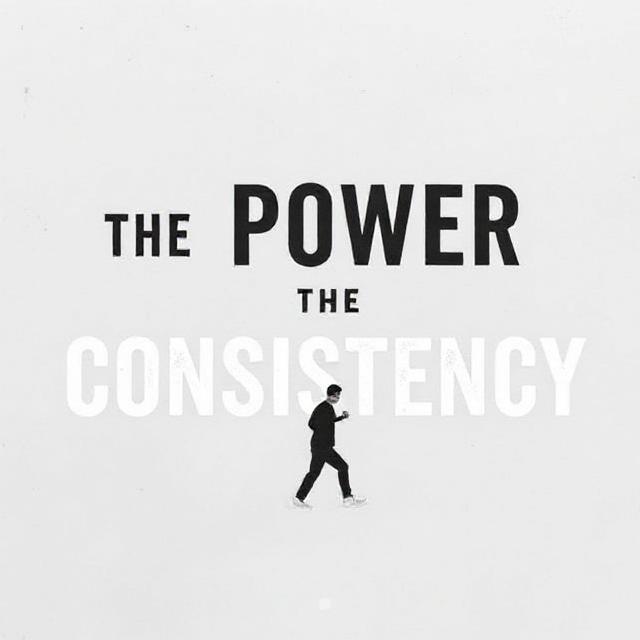
A great day doesn’t happen by accident — it starts with a great morning routine. Most people wake up rushed, grab their phone, scroll mindlessly, and run into the day with stress already building up. But what if your mornings could be calm, motivating, and designed to make you feel in control of your life?
A well-designed morning routine doesn’t need to be complicated or require a 5 AM wake-up. It just needs structure, intention, and consistency. Let’s break down how to build a realistic morning routine that boosts your mood, sharpens your focus, and sets the tone for a productive day.
Why a Morning Routine Can Change Your Entire Day
Your morning is like a mental launchpad. If you start with stress, you carry that stress. If you start with clarity, your mind stays clearer throughout the day.
A mindful morning routine helps you:
- Reduce decision fatigue — You start your day already knowing what to do.
- Shift your mindset from reactive to intentional — You act with purpose instead of reacting to notifications and chaos.
- Boost productivity — Small wins in the morning set a productive tone.
- Improve mental well-being — Calm mornings lead to calmer thoughts.
Common Mistakes People Make with Morning Routines
Many people fail at morning routines because of these habits:
| Mistake | Result |
|---|---|
| Checking phone immediately | Instant distraction and overstimulation |
| Overscheduling too many tasks | Leads to inconsistency and burnout |
| Trying to copy someone else’s routine | Creates pressure instead of alignment |
| Waking up without a clear plan | Causes mental laziness and procrastination |
| Relying on motivation instead of habit | Makes routine inconsistent and mood-dependent |
Your routine should be built around your lifestyle, not someone’s YouTube morning vlog.
Step 1: Start the Night Before — Evening Prep
The secret to a good morning is an organized night. Before sleeping:
- Set out your clothes to remove morning decisions.
- Write down your top 3 priorities for the next day.
- Avoid heavy scrolling or stressful content before bed — your brain carries that energy into the morning.
- Sleep on time — no morning routine works if your sleep schedule is chaotic.
When your morning is planned the night before, you wake up with clarity instead of confusion.
Step 2: Wake Up with Purpose — Not Just on Time
Instead of waking up and rushing, take a moment to pause.
Here’s a simple mindful wake-up habit:
- Sit up slowly.
- Take one deep breath.
- Say this to yourself: “I choose the energy I carry today.”
It may sound small, but mindset shifts like this create emotional control.
Step 3: Start with One Grounding Activity
Rather than trying to add five new habits at once, begin with one grounding action. This could be:
- Drinking water mindfully
- Opening the window and breathing in fresh air
- Stretching for 2 minutes
- Writing one empowering thought in a notebook
This small act signals to your brain: “My morning is intentional.”
Step 4: Avoid Phone Distractions for the First 20 Minutes
The first few minutes after waking shape your mental environment. If your brain receives stress (notifications, news, messages), it activates survival mode instantly.
Challenge yourself: No phone for the first 20 minutes. Use this time for yourself before giving your attention to the world.
Step 5: Add a Mind + Body Activation Habit
Your morning routine should include one mental activation and one physical activation. Examples:
| Goal | Simple Habit Options |
|---|---|
| Mental Activation | Journaling, reading 1 page, saying affirmations, reviewing goals |
| Physical Activation | Light stretches, 10 jumping jacks, short walk, breathing exercise |
You don’t need a full workout or a 20-minute meditation. Just 2–5 minutes of activation is enough to shift your energy.
Step 6: Plan Instead of Reacting
Most people start their day reacting — emails, chats, random tasks. One simple step changes this: intentionally choosing your top focus for the day.
Before diving into work, ask yourself:
“If I only accomplished one meaningful thing today, what would it be?”
This clarity reduces distractions and guides your decisions throughout the day.
Step 7: Make Your Routine Enjoyable, Not Just Productive
A mistake many people make is turning their morning into a productivity checklist. A morning routine should feel good, not like another stressful task list.
Add one small joy habit into your morning:
- Listening to music you love
- Saying a prayer or gratitude statement
- Sitting with silence and tea
- Reading something uplifting
Small enjoyable experiences make the routine sustainable.
Example of a Simple, Realistic Morning Routine
| Time | Action |
|---|---|
| 7:00 AM | Wake up slowly, take a deep breath |
| 7:02 AM | Drink water and stretch |
| 7:05 AM | Quick gratitude or thought journal |
| 7:10 AM | Light movement (walk or 10 squats) |
| 7:15 AM | Review your top 3 priorities |
| 7:20 AM | Start your day with calm energy |
This is just an example. Your version can be shorter or longer. What matters is consistency, not complexity.
How to Stay Consistent
- Start extremely small — even a 5-minute routine is better than none.
- Track your mornings for 7 days — see patterns.
- Forgive yourself if you skip — restart without guilt.
- Make it feel like self-care, not a discipline punishment.
Final Mindset Shift
A powerful morning routine isn’t about perfection or being hyper-productive. It’s about collecting small wins early in the day so your mind believes “I am capable, I am disciplined, I am in control.”
Once your brain accepts this identity, your habits follow naturally.
Conclusion
A morning routine doesn’t have to be complicated. It just needs to be intentional, personal, and consistent. Focus on grounding your mind, activating your energy, and beginning the day with clarity rather than chaos.
You don’t need to copy someone’s 5 AM cold plunge routine. Create something that nourishes your mind, fuels your energy, and supports your growth — that is a morning routine that actually improves your day.
Read More About: Daily Mindfulness Practices to Reduce Stress and Improve Focus



